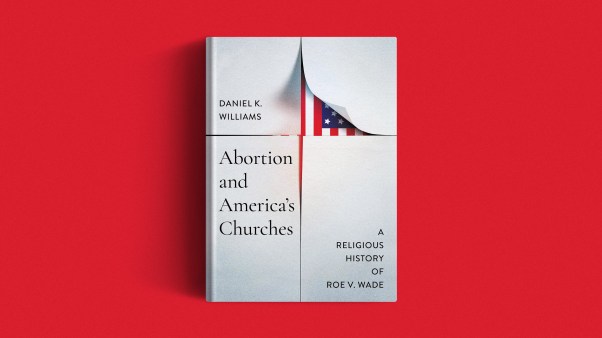Church leaders sometimes stand in awe of video equipment as if it were the untried “new boy on the block.” Few realize that a basic video camera and recorder package is now available for $2,000. Meanwhile, industry and the secular world are using video to spread their messages as comfortably as they use the refined results of Gutenburg’s press. If the printed page and radio wave are valid Christian tools for a local congregation, so are television and other video media.
Video is actually 25 years old; what is new is the combination of equipment development and lowered prices that have put video within the average homeowner’s reach. One in 25 Christian homes today have a videocassette recorder/player. Sales of video recorders for 1981 are 100 percent higher than in 1980. By the end of this decade, 80 percent of U.S. homes are expected to be equipped for videotape and/or -disc playback. The church has two choices: (1) produce video software (playback material) with Christian content; or (2) let more secular, humanistic programming flood into homes.
Christian TV networks provide one source of Christ-centered programming that can be copied on home recorders and replayed at the viewer’s time choice. Three independent nationwide networks today transmit by satellite to cable systems in several cities. The Southern Baptist church has launched the first denominational TV network. Ultimately it will own about 100 low-wattage stations, and estimates say the network will beam SBC programs to over 150 million Americans.
This chain of 100 stations will have a low initial cost (about $50,000 each), low ongoing cost (most will be housed in existing church buildings), low staff costs (present church staff and volunteers will do most of the work), and unbelievable coverage (every station built in a city developing a cable system will have the right to tie into the cable system).
To be successful, Christian TV requires equipment that puts production within reach of the average congregation. I recently previewed new equipment that will do this.
Earlier I wrote about the 11-pound portable VHS unit we use in our own home (CT, Jan. 23, 1981, p. 26), the kind our congregation uses to carry church services to elderly and shut-in members. Most portable VHS units with $1,000 to $1,100 discount price tags (Panasonic, RCA, Hitachi, and JVC) have added nine-times accelerated fast forward and fast reverse viewing.
Recent breakthroughs in camera technology put videotape ministry within reach of the skills and budget of most congregations. Three major brands now have self-focusing cameras for about $1,000. The Akai VK 1XA and Toshiba IK 1800 AF (Vidicon tube cameras), and the new Hitachi VK 800 (a Saticon [nonburn] tube camera), also have the usual extras like six-to-one zoom range, automatic exposure setting, and automatic color correction. Of the manual focus cameras, the best price and feature combination is the Panasonic PK 801 or the RCA CC0011. Any video camera should be used on a spring-head tripod (about $100). A good tripod helps the amateur get good quality pictures. Because its Saticon tube is better in low light (4- to 5-foot candles), either the f 1.4 Panasonic PK 801 camera (discount price about $925) or the f 1.4 Hitachi VKC 800 (about $1,150 with discount) is recommended. With simple adapters they work well with any recorder: VHS, Beta, or ¾” U-Matic.
Our Vision in Ministry group feels a congregation makes a serious mistake when it buys as a first unit the U-Matic table model machine. It costs $1,800 or more, and weighs 70 to 75 pounds, requiring two people to move it in and out of storage and from classroom to classroom. It cannot be used outdoors or carried to the homes of confined members. A congregation that wants to do both shut-in and cable TV ministry should start with a portable machine. Some cable stations will accept ½” tape and will dub or edit from a good tape to the ¾” tape it uses. A congregation heavily involved in cable TV may finally need both ½” and ¾” units, allowing anything recorded on one size to be dubbed over to the other.
One further word about recording formats: Sony’s Beta system now sells fewer than half as many sets as the VHS system. Sony may soon switch its major efforts to a new ¼” system camera/recorder unless its new 9¼-pound portable captures a better share of the market. Technicolor’s ¼” system will soon have stiff competition from Sony and others, none of them compatible with any other. For now, it is wisest to stick with the ½” format: interchangeability of tapes and equipment is a factor congregations cannot ignore as they build tape libraries. Popularity and unit compatibility would seem to dictate the VHS format.
The author is happy to make available a five-step approach to establishing a local church video ministry and recommendations about reliable software (tapes) discount dealers. To obtain a copy, send a stamped, self-addressed envelope to the Rev. Dennis Tegtmeier, 802 Hogan Drive, Papillion, Nebraska 68046.









